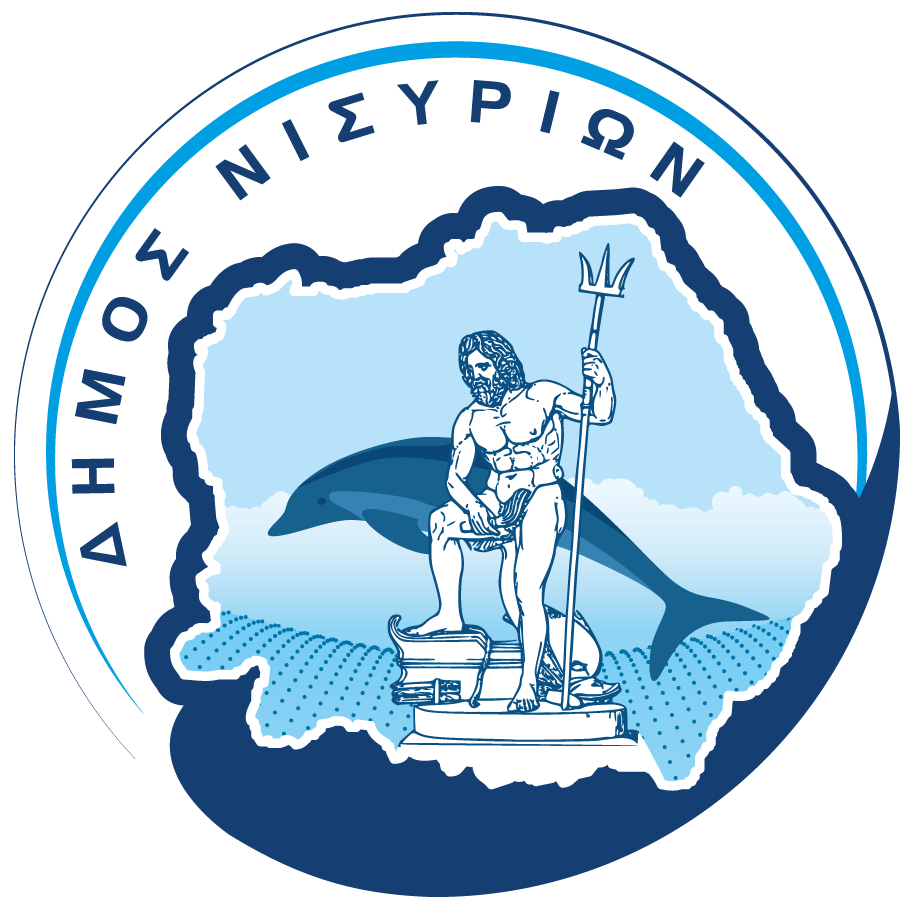The nature of Nisyros
THE flora and fauna of Nisyros are of great interest due to the volcanic origin of the island and its geographical location. Nisyros is for the flora, together with the Aegean islands and mainly those located along the coasts of Asia Minor, a route of migration of Asian species to the Greek area and to southern Europe in general and is located on the eastern migration route of birds which is the most important for their migration to Greece and Asia Minor.
The recorded presence of 450 species of flora, 85 species of birds, 7 species of reptiles as well as its presence Monachus-monachus seal on the coast of the island make this island of 42,000 acres a place that deserves special protection and study.
The dense bush vegetation, the astives (Sacropoterium spinosum), the emerald (Lavandula stoechas), the sketch (Cistus creticus & Cistus salviifolius), the thyme (Thimus capitatus), the grief (Satureja thymbra) as well as the high sparta (Spartium junceum), the pots (Daphne gnidioides) and the asparagus (Calicotome villosa), is one of the obstacles that the walker will find outside the paths, but a pleasant obstacle, as the variety of plants and animals that he can admire around them is endless.
The large number of trees is another special feature of Nisyros, which gives it the characterization as the only "green" active volcano in the Aegean. A few of them are the remaining native vegetation - Oak tree (Quercus macrolepis), holly (Quercus coccifera), grapefruit (Pistacia terebinthus) and wild olive (Olea europaea sylvestris). The wild olive is the tree that we know was located in Nisyros 60,000 years ago, as its fossilized leaves have been found in layers of ash of similar age. Most of the trees that exist today in Nisyros are planted by humans (olives, figs, almond trees, oaks, elms).
The fauna that it hosts and that keeps the traveler company during long walks is of a similar range and variety to the flora. Walking in Nisyros you can only become friends with them kourkoutavlous, the huge ash-black lizards (Agame stelio), which rush to hide under the lava or in the dry stones, the large spiders who block your way with their strong web, the "blues" of Aristotle - the beautiful ones blue buzzards (brass crows) that are bothered by your journey -, to hawks which are constantly suspended on the fixture.
source: igme.nisyros.gr

